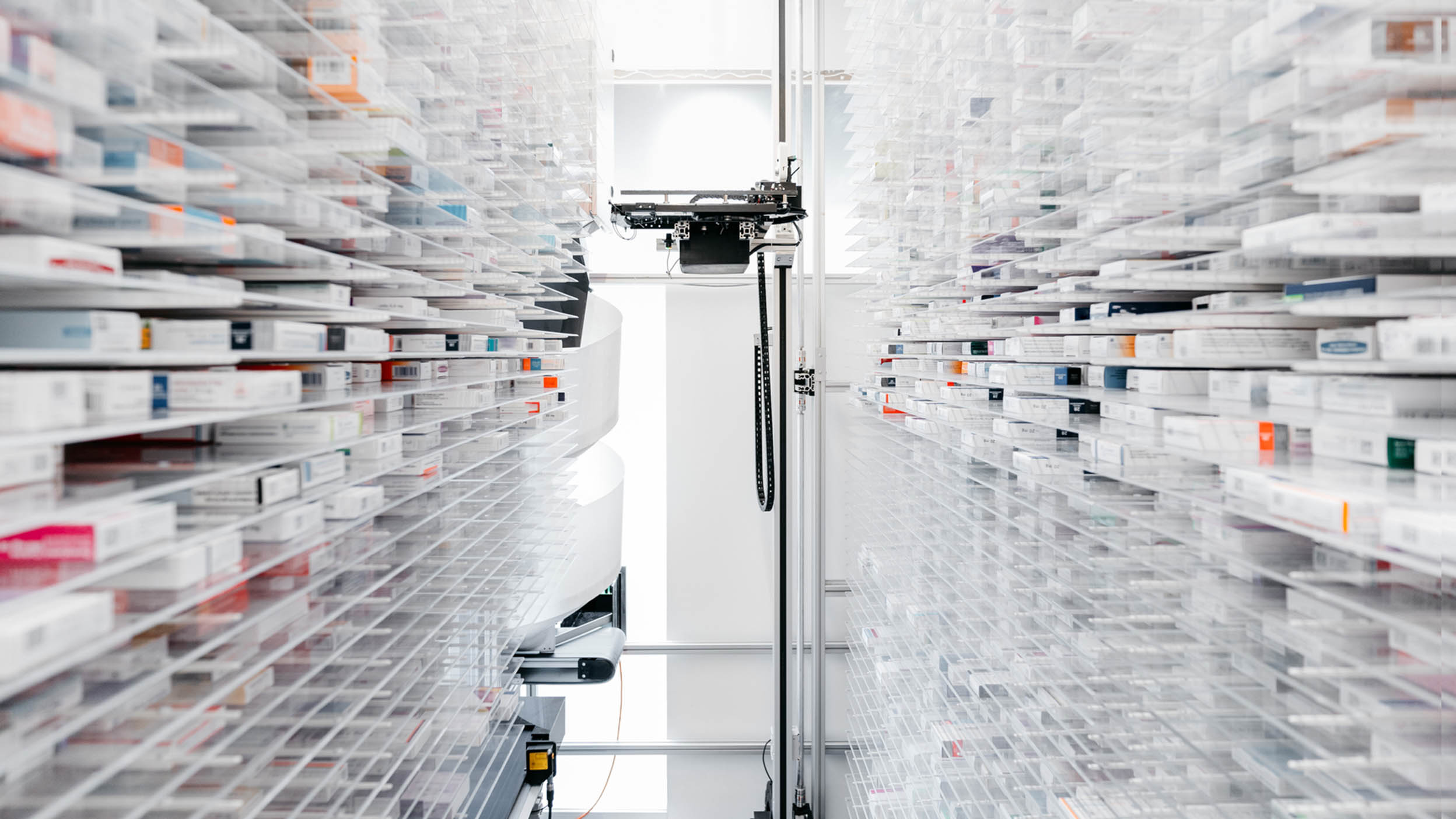
MORE FROM INVESCO What music lessons taught me about investing
David Nadel reflects on his early career as a child singer – comparing harmony and dissonance to investing in companies.

Innovation has long been a hallmark of the groundbreaking companies that comprise the Nasdaq-100 Index, which Invesco QQQ tracks. These innovators have powered breakthroughs in sectors ranging from software to healthcare. In the medical device industry, cutting-edge technology has transformed how doctors treat and monitor conditions that affect millions of people. Below we highlight advances by three QQQ holdings that have helped change the medical landscape and improved lives around the world.
More than 300 million surgeries take place across the globe each year, with estimates that eight million patients will die from surgery-related complications annually.1 As medical providers seek safer surgical methods, many traditionally invasive procedures have been replaced with minimally invasive, robotic-assisted techniques. One method is laparoscopic surgery, which allows surgeons to operate on patients through incisions measuring less than a centimeter, often using robots to help during the procedures. This approach has led to better surgical outcomes, shorter hospital stays and faster recovery times — all at potentially lower costs.2
An early pioneer in this field was Intuitive Surgical, Inc., a QQQ holding. The company’s da Vinci Surgical System, first approved by the Food and Drug Administration (FDA) over 20 years ago, has become an industry standard in treating non-trauma-related conditions in cardiology, urology, endocrinology and bariatric surgery, among other areas.3
The use of artificial intelligence (AI) and machine learning lies at the heart of many procedures performed by the da Vinci system. Intuitive Surgical has used these technologies to collect two decades of data on more than 11 million procedures performed. The da Vinci System delivers these insights in several ways. At the company level, it helps shape the development of Intuitive Surgical’s integrated software solutions, training modalities and other tools. For surgeons, the technology helps determine which surgical approaches offer the best chance for success, and it guides decisions in the operating room with real-time input. The goal is to generate better patient outcomes with fewer complications — and potentially save lives in the process.
INTUITIVE SURGICAL BY THE NUMBERS |
||
1,800,000 |
11,000,000+ |
7,500+ |
Source: Intuitive Surgical, Inc.
More than four million Americans wear dental braces to fix their out-of-place teeth or misaligned jaws.4 Digital dentistry — which uses new technologies to modernize traditional oral health treatments — has revolutionized dentistry and orthodontics. Align Technology, a QQQ holding, has been a leader in this space for more than 25 years. The company designs and manufactures clear, removable and nearly invisible custom-made alignment solutions that serve as an alternative to metal braces. Throughout the process, Align creates treatment plans using AI-assisted virtual modeling software and 3D printing.
In late 2022, the company introduced a next-generation remote monitoring solution. Using new AI-assisted capabilities, the system brings streamlined workflows to medical professionals that can facilitate patient enrollment and remotely monitor treatment progress. The system also interfaces directly with patients with automatic notifications to guide their progress (e.g., whether to advance to the next stage, stay on their current stage or contact their doctors for further instructions).
Turnkey alignment systems like those produced by Align can allow for shorter treatment periods and fewer routine visits to orthodontists. Given the ease of access and enhanced patient experience, adult participation is on the rise and now represents about 25% of all orthodontic procedures.5
ALIGN TECHNOLOGY BY THE NUMBERS |
||
4 MILLION |
15 MILLION |
239,000 |
Source: Align Technology, Inc.
Diabetes affects more than 37 million Americans, leading patients to continuously monitor and manage their glucose levels throughout the day.6 In the past, patients were forced to prick their fingers to get these measurements. Today, diabetics can use wearable technology to monitor glucose on an ongoing basis, without patient interaction or discomfort. For some patients, these monitoring devices can be connected to remote insulin-delivery systems.
For instance, QQQ holding Dexcom, Inc. manufactures a low-profile, all-in-one wearable medical device that automatically sends real-time glucose readings to a compatible smart device like a smartphone — without the need for painful finger sticks. The company’s most recent model, the Dexcom G7, was approved in December 2022. Like previous versions, the Dexcom G7 was developed in partnership with Verily Life Sciences (a company owned by N-100 component Alphabet, Inc.), which is known for its expertise in applying AI and data science to personalized healthcare. The system’s software system offers an app that tracks glucose trends and can deliver longer-term projections on patients’ glucose levels, helping them stay healthy and prevent potentially life-threatening complications.
DEXCOM, INC. BY THE NUMBERS |
|
422 MILLION |
1.7 MILLION |
Source: Align Technology, Inc.
The medical device companies highlighted offer very different solutions to very different medical problems. But they do have some notable characteristics in common:
Select the option that best describes you, or view the QQQ Product Details to take a deeper dive.

David Nadel reflects on his early career as a child singer – comparing harmony and dissonance to investing in companies.

Learn why ETFs can be a smart investment choice and how Invesco QQQ provides access to some of the world's most innovative companies.

Explore some of the biggest names in the Nasdaq-100 index. They span sectors to innovate in new ways and diverse businesses.
NA2973243
Past performance is not a guarantee of future results.
This content is provided for informational purposes and does not constitute a recommendation of any company, investment strategy or product for a particular investor. Investors should consult a financial professional/financial consultant before making any investment decisions.
The opinions expressed are those of the author, are based on current market conditions and are subject to change without notice. These opinions may differ from those of other Invesco investment professionals.
This content should not be construed as an endorsement for or recommendation to invest in Intuitive Surgical, Align Technologies, Dexcom nor Alphabet. Neither Intuitive Surgical, Align Technologies, Dexcom and Alphabet are affiliated with Invesco. Only 4 of 101 underlying Invesco QQQ ETF fund holdings are featured. The holdings are meant to help illustrate representative innovative themes, not serve as a recommendation of individual securities. Holdings are subject to change and are not buy/sell recommendations. See invesco.com/qqq for current holdings. As of 8/7/2023, Intuitive Surgical, Align Technologies, Dexcom and Alphabet made up 0.89%, 0.23%, 0.39%, 5.99%, respectively, of Invesco QQQ ETF.